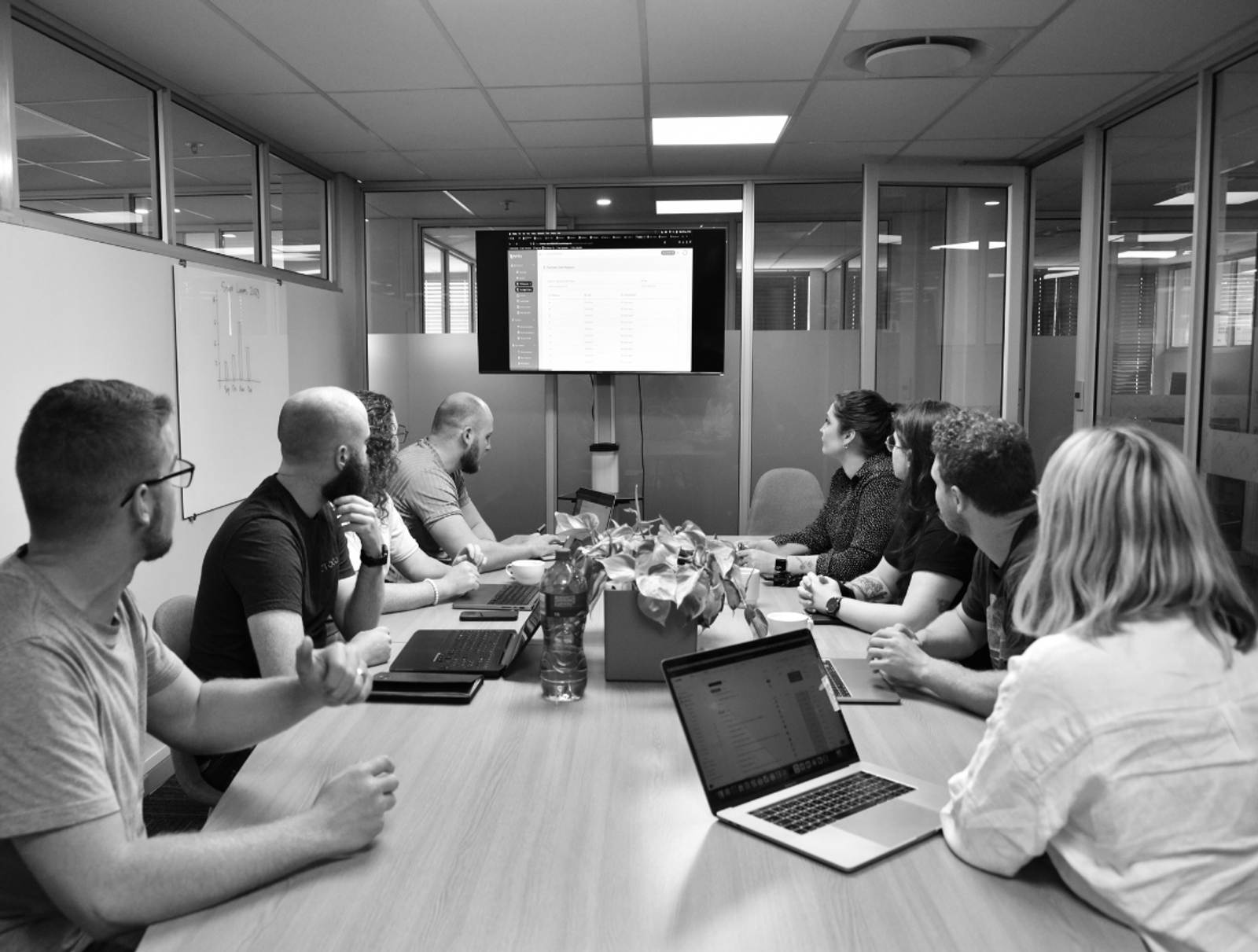The QA Mindset
Testing for Reality, Not Just Functionality

Why Passing Tests Isn’t Enough
Code can pass all tests and still fail people. Imagine building a navigation app. Your code calculates the shortest distance, accounts for traffic, and returns results in milliseconds. Everything looks perfect on paper.
Then a user ends up on a dirt road in the middle of nowhere, in a small sedan, with no signal. Technically, it was the fastest route — but it failed to solve the real problem. This is the gap between testing for functionality and testing for reality.
The “Bug or Feature?” Problem
Christiaan van Rensburg, our Head of QA, calls this the “Bug or Feature?” problem. Many systems work perfectly in code but fail in practice:
- Google Maps directing someone off the highway
- Takealot recommending a product already purchased
- Password reset prompts that confuse users
All technically correct. All missing the point.
Embedding a QA Mindset
At Octoco, we’ve learned that quality cannot be added at the end. It is a shared mindset integrated into every stage of development.
- Ownership: Developers take responsibility not just for working code, but for code that behaves correctly in real-world conditions.
- User-focused definition of “done”: Product owners ensure features genuinely solve problems.
- Testing like users, not just developers: Every test considers practical impact, not just technical correctness.
Faster Development Through Better Questions
A strong QA mindset also accelerates development. By uncovering potential failures early, teams avoid costly rework later. We don’t slow down to add process — we move faster by asking the right questions from the start. Iterative testing, real-world validation, and continuous refinement become the norm.
Quality That Matters
Ultimately, quality is not about code performance alone. It is about building technology that genuinely serves users. Reducing friction, enhancing experiences, and creating trust are the real measures of success.
At Octoco, quality is not a checkbox. It is a shared responsibility, a mindset, and a commitment to building solutions that work for people — not just for systems.